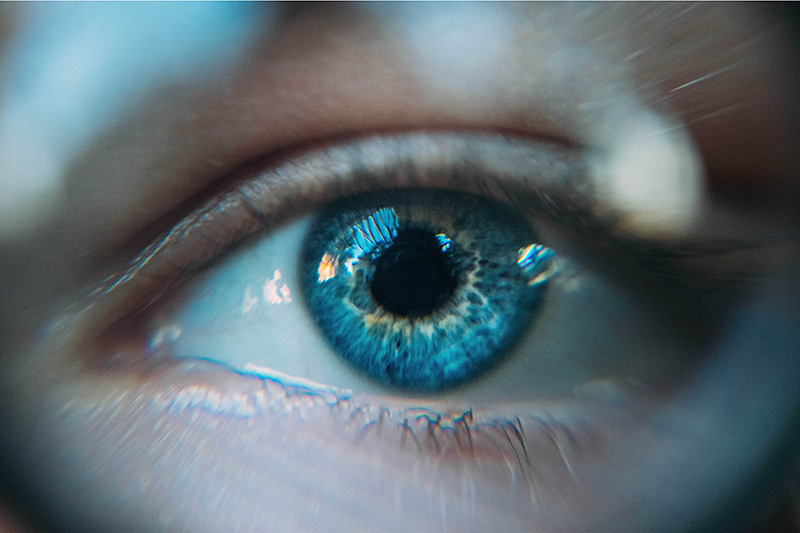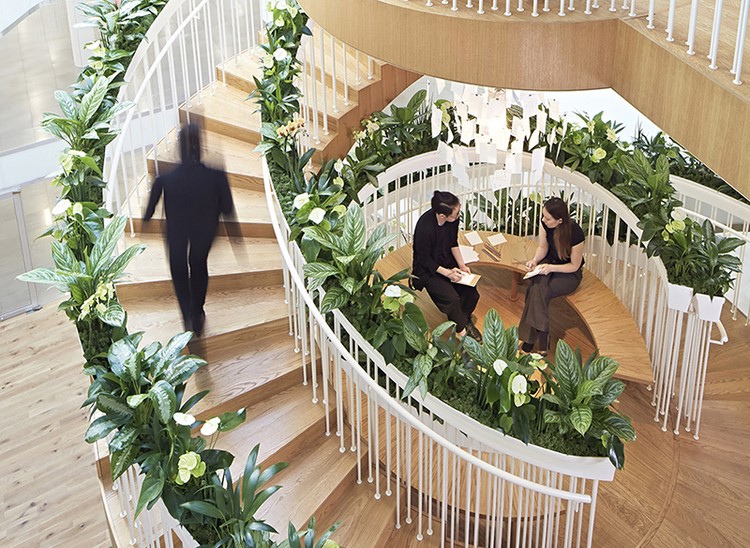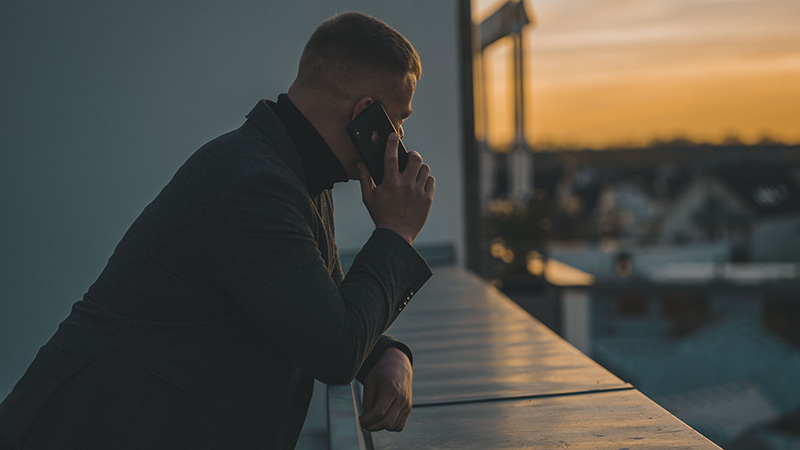Hardwired to Connect - Navigating the Hybrid Work Movement

We are incredibly sophisticated beings, with forces that operate so seamlessly within, us we barely consider them to be acting at all. Call it intuition, emotional intelligence, or even instinct, a neuro scientist might call it ‘chemicals’.
The Hybrid work movement is the most complex workplace strategy to implement, by its nature you get the best and worst of both worlds. As business start to Re-calibrate the workplace, armed with 2 years of employee surveys, one thing is clear – The office is not pulling its weight in value for most organisations. Have we been using “metaphoric mallets" to make work and place fit? [4]. Greater understanding in how people connect may be the key to unlocking its potential.
How we connect in physical space
‘There is a dynamic resonance in shared space’[1]
We feed off each other’s energy, we can ‘feel’ an atmosphere because it is teeming with information. This is the physical manifestation of the electrons and chemicals, which are critical to how we interact as humans. In fact, research by Dr Fiona Kerr founder of The NeuroTech Institute; suggests ‘we light up each other’s brains’ when we meet face to face, emitting chemicals and neurons, like a natural WIFI, which we use to read and synchronise with each other. These neurons (up to 1840 of them to be precise) fill the atmosphere of shared spaces, where our radar picks up and decodes the energy emitted. This is critical in how we connect, aiding in complex decision-making, inciting emotions like trust, hope and empathy [1].
Learnings: Collaboration should be intuitive
Collaboration spaces should bring people together in new ways. How can we create high trust environments that utilise and support this natural phenomenon? Re-zoning existing space can add opportunities for chance encounters. ‘Designing a ‘focal point that connects people when they stop to participate or admire” create new opportunities for conversation, a shared moment of wonder, which can help to bring people together and feel more familiar with one another [5]. Open flexible spaces, with small areas for informal collaboration are in demand. Creating spaces where people feel comfortable with home like settings can have a direct effect on how we feel. Providing a mix of high, medium and low sensory spaces [6] enables people with neurodivergent sensitivities to control how and when they connect.

How we connect online
‘Retinal alignment’ is a powerful thing [2]. When engaging in face-to-face interaction, retinal eye lock activates different parts of the brain[1], however the digital wall of our screens prevents us from perceiving these cues.
When using video conferencing software, our brains keep trying to recognise other humans, we search for patterns and micro behaviours, which are extremely difficult to pick up virtually. The camera is rarely aligned with one’s eyes as they talk, due to camera placement and watching the video on screen, making the recipient unable to receive the direct eye contact that our brain is searching for. This ‘physical synchronisation’ and resonance caused by direct engagement simply cannot be replicated online [1]. This can lead to cognitive fatigue, as the brain looks for familiar cues. We are designed to communicate in many ways, but evidence shows we simply don’t have to work so hard face to face.
Learnings: Quality Video Conferencing spaces, bridge the technology gap
Increased demand in Video conferencing to support teams connecting virtually ensures members working from home are not forgotten. We can support hybrid teams by elevating the spaces we provide to optimise communication ensuring virtual connection is as real as possible.
-Visual backgrounds for people attending virtual meetings at their desk design should consider how we can streamline visual connection to avoid distraction & fatigue caused by superfluous in screen elements.
- Acoustic enhancements through technology should minimise background noise but need to be supported by physical acoustic strategies to; absorb or diffuse sound.
"When engaging in face-to-face interaction, retinal alignment activates different parts of the brain, however the digital wall of our screens prevents us from perceiving these cues" Dr Fiona Kerr
How we connect by phone
We are very attuned to tone, picking up underlying emotions even over the phone. Amazingly taking away video in a one-on-one conversation can be more beneficial as it leaves you with the opportunity to gaze into the distance and truly listen focusing on the content and opening up space to that ‘blue sky thinking’[1].

Learnings: Mix your communication strategies
Moving away from your workstation while speaking can be very beneficial, often people simply don’t have an alternative space to go. Walking meetings, phone booths or individual seating areas ideally with a view can encourage focused thinking and provide cognitive respite.
"Looking up not only lets the brain improvise and play, but it improves our capacity to maintain a focused state of mind with less effort so we actually get better at thinking" Dr Fiona Kerr
The tools at our disposal – How the medium changes us
The brain processes information from different mediums in different ways, such as reading from print versus a screen. “It uses different pathways and, in the right context, creates new, more dynamic connections, changing the criteria we use to judge information” [2].
Learnings: Variety combats fatigue
Using a variety of mediums can help combat cognitive fatigue by stimulating different parts of the brain. For teams creating spaces that offer analogue methods and tools in addition to technology can change how we problem solve; sketching, whiteboards, Kanban boards even printed reports can impact how we process information potentially creating different results. Working remotely can often mean our collaboration processes are confined to digital solutions.
The In-between Space - Daydreaming and Looking Up
The benefit of shared space is not confined to meetings, the journey to work can create new chance encounters that can impact our wellbeing and create space for day dreaming, a state of abstraction, Dr Fiona Kerr thinks is essential for deep thinking, creative concept building and new insights.
Likewise, the workplace offers many opportunities for dynamic interaction that challenge intuition – being around people who are not like you. Growth mindset expert Matthew Syed explains “We tend to trust our own hunches, our existing knowledge, and the stories that we tell ourselves about the problems we face, rather than testing our assumptions, seeing their flaws, and learning” [3].
Learnings: Serendipitous Encounters - Have a Lot to Give
Employee diversity generally means connecting with people who are “not” like you, who disagree or ask too many questions, but a serendipitous disagreement can often be as enlightening as an agreeable one if it comes from the right place. Creating more opportunities for connection between employees can strengthen a team system for the benefit of the organisation. It’s about gaining an understanding and respect for each other rather that forcing everyone to “like each other”.
Optimising Hybrid
Recent studies and surveys have found that “Trust” has been one of the great success stories of the Working from home model [4]. We can adapt to new scenarios more readily that we once imagined and employees enabled by technology, manage their workflow like never before. It’s important to define what productivity looks like for your organisation in order to make it a reality. Creating physical spaces that truly support how we connect, could be a way to elevate the employee experience, save money for the business long term or set the compass for a new way of doing business.
Evidence based decision making can assist business looking to improve the way employees work. Some of the questions scientific research institutes are being asked to investigate, look at autonomous teams[7] in relation to decision making and trust;
- Are we better at complex decision making when we are with another person?
- How good are we at making decisions based on information presented over a screen?
- How often should leaders come face to face with their teams to build trust?
For now, engaging employees in the conversation can be a good first step.
Written by Janice Folliard
Image References:
1.Kuzelevdaniil on Unsplash
2. Mark Cocksedge - Paul Cocksedge Studio
3. René Ranisch on Unsplash
Text References:
[1] Dr Fiona Kerr, Lekki Maze, 2019, Page 21,23,28,The Art & Science of looking up Report
[2] Dr Fiona Kerr, 2020, WORKTECH Academy Speaker Series 21/10/2020
[3] Matthew Syed, 2021, Page 53, Leesman Why Workplace guide
[4] Tim Oldman 2021, Page 21,36, Leesman Why Workplace guide
[5] Oliver Heath, 2019, Page 40 , Creating Positive Spaces By Designing For Community
[6] Oliver Heath, 2021, Page 19, Creating Positive Spaces By Designing For Cognitive & Sensory Wellbeing
[7] The Neurotech Institute 2022 – Examples of current work
Tags - Teams , The Future of Work , Workplace Culture


